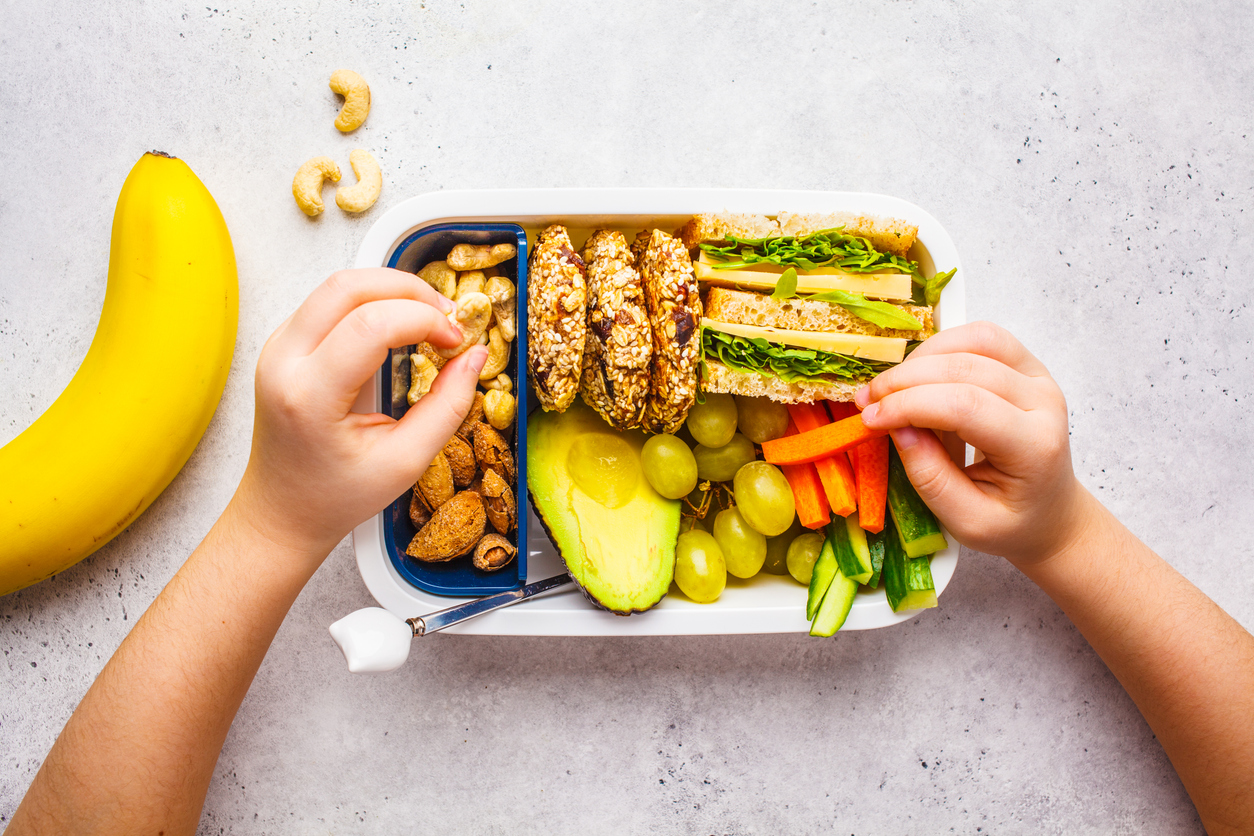The data suggests that while Telangana households are consuming more nutrient-dense foods, there may be a trend toward fewer but more substantial meals.
Published Jul 10, 2025 | 7:00 AM ⚊ Updated Jul 10, 2025 | 7:00 AM

Nutrient-rich food. (iStock)
Synopsis: An analysis is based on the Nutritional Intake in India data comparing nutritional patterns recorded notable improvements in daily calorie consumption across both rural and urban areas of Telangana. Despite improvements in nutritional quality, the average number of meals taken per household showed a concerning decline.
An analysis by the Union government said Telangana households are consuming fewer meals but dramatically improving their nutritional intake. The state’s latest dietary data reveals a fascinating paradox: While families are sitting down to eat less often, they’re getting significantly more calories, protein, and fat when they do.
This analysis is based on Nutritional Intake in India data comparing nutritional patterns between 2022-23 and 2023-24 across rural and urban sectors in Telangana.
Telangana recorded notable improvements in daily calorie consumption across both rural and urban areas. Per capita calorie intake increased from 2,299 kcal to 2,379 kcal in rural areas and from 2,367 kcal to 2,455 kcal in urban areas between 2022-23 and 2023-24.
When measured per consumer unit, the gains were even more pronounced, with rural areas seeing an increase from 2,453 kcal to 2,541 kcal and urban areas from 2,602 kcal to 2,699 kcal.
Daily protein intake per capita showed consistent growth, rising from 62.7 grams to 65.0 grams in rural areas and from 66.1 grams to 67.3 grams in urban areas. The state maintained a diverse protein profile, with cereals contributing the largest share (42.6% rural, 35.5% urban), followed by egg, fish, and meat (19.8% rural, 17.0% urban).
One of the most substantial changes was observed in fat consumption, which increased from 58.2 grams to 64.1 grams per day per capita in rural areas and from 66.9 grams to 70.0 grams in urban areas. This represents growth rates of approximately 10 percent in rural areas and 4.6 percentin urban areas.
Despite improvements in nutritional quality, the average number of meals taken per household showed a concerning decline.
Rural households saw a decrease from 310 meals per month to 304 meals, while urban households experienced a more significant drop from 262 meals to 232 meals per month. On a per-person basis, rural areas declined from 87 meals to 86 meals per month, while urban areas dropped from 83 meals to 80 meals.
Also, the percentage of household expenditure on food decreased to 48.9 percent from 49.4 percent in rural areas and to 38.8 percent from 40.4 percent in urban areas. Cereal expenditure as a percentage of total spending also declined to 4.9 percent from 5.2 percent in rural areas and remained stable at 3.8 percent in urban areas.
The data reveals significant disparities in calorie access across different household segments. In 2022-23, approximately 10.4 percent of rural households and 7.3 percent of urban households had calorie intake below 80 percent of recommended levels (less than 1,860 kcal per consumer unit per day).
At the other end of the spectrum, 29.1 percent of rural households and 42.6 percent of urban households exceeded 120 percent of the recommended calorie intake (more than 2,790 kcal per consumer unit per day).
The data suggests that while Telangana households are consuming more nutrient-dense foods, there may be a trend toward fewer but more substantial meals. The increase in calorie, protein, and fat intake alongside decreased meal frequency could indicate a shift in eating patterns, potentially influenced by lifestyle changes or economic factors.
Additionally, survey methodology limitations may not fully capture snacking behaviours, as respondents frequently omit casual food consumption and processed snacks consumed between formal meals when reporting to surveyors.
The decline in average household meals, particularly in urban areas, may also reflect changing family structures and smaller household sizes, which naturally reduces the total meal count even when individual consumption patterns remain stable.
The higher calorie intake in urban areas, combined with a greater percentage of urban households exceeding recommended calorie levels, points to possible urban-rural disparities in food access and consumption patterns.
(Edited by Muhammed Fazil.)
